Machu Picchu, the Inca Fortress – An Accidental Discovery!

Shuchita Joshi
With one foot in the real world and another in Middle Earth, Westeros and sometimes even Westworld, I love nothing more than a good fantasy-fiction story. It provides an escape from the mundane and also a host of characters to form lifelong connections with.
Another form of escape that I quite enjoy is travelling and writing about it. The stories of people and places, when presented with an individual's unique perspective, can make quite an impact on the readers.
Latest posts by Shuchita Joshi (see all)
- India’s 8 must visit UNESCO World Heritage Sites - August 21, 2015
- INDIA – FACTS & FIGURES - December 26, 2014
- Machu Picchu, the Inca Fortress – An Accidental Discovery! - September 11, 2014
Machu Picchu, a name the whole world is familiar with today, was not known to mankind a century ago. Spirit of adventure, curiosity and the quest for the unknown led to its discovery in 1911, when a party of three chanced upon it while looking for the legendary lost city of Vilcabamba. The leader of this party was Hiram Bingham.
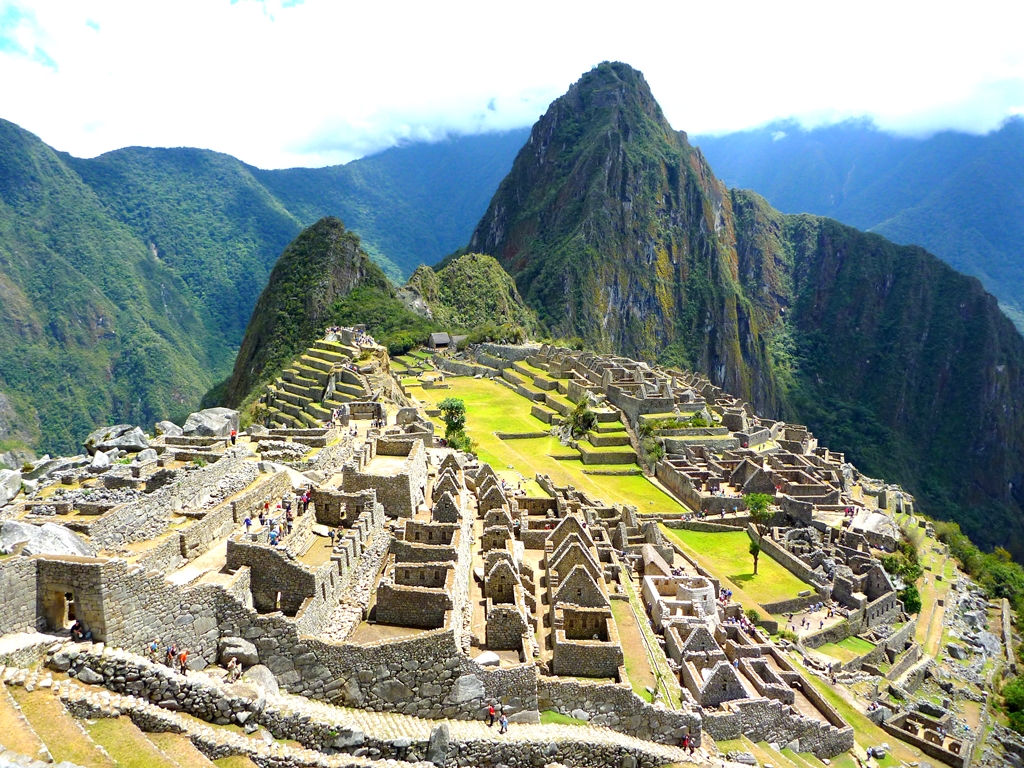
Bingham was born in Honolulu, Hawaii on 19th November, 1875 to a family of missionaries. However, he found his true calling in history and archaeology, especially Latin American History and that motivated him to pursue his doctorate in the same field and take many trips to South America. His 1911 expedition, as mentioned above, was to seek out the Incas’ last capital, Vilcabamba, which was believed to have been the last refuge of the defeated king Manco Inca II in 1536, when he had fled after being defeated by the Spanish conquistador Francisco Pizarro. There was a lot of speculation about the location of this city to be somewhere in the valleys of the Vilcabamba and Urubamba River.
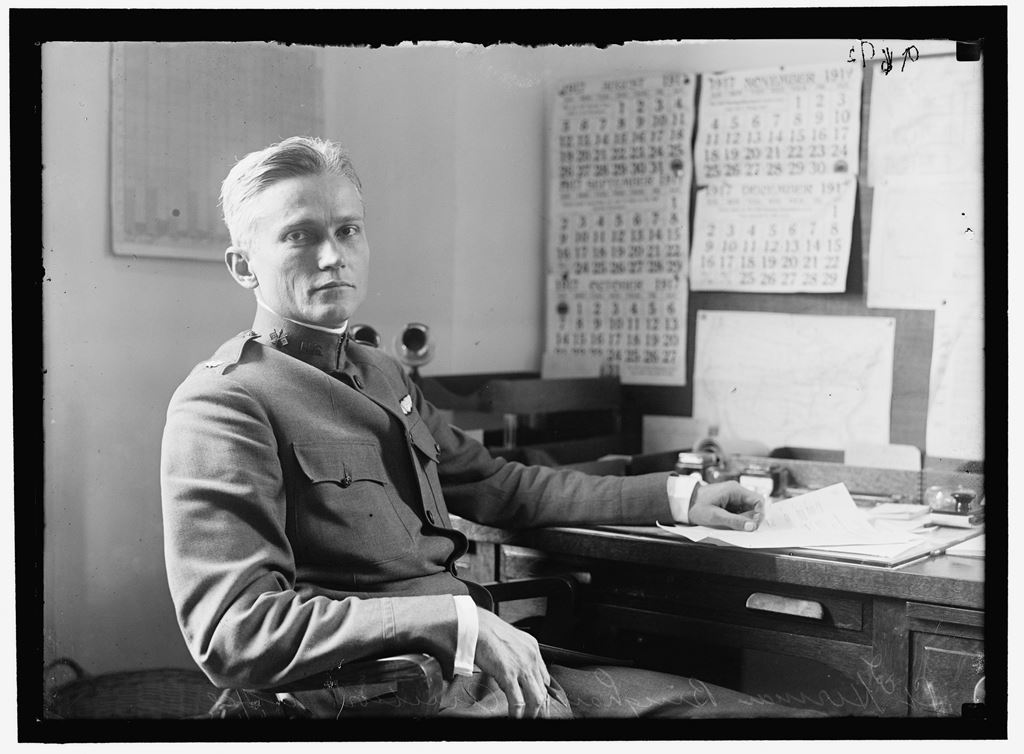
Image Credits: wikipedia.org
On the morning of 23rd July, 1911, along with his companion Sergeant Carrasco, a Peruvian soldier, Bingham left Cuzco to explore the Urubamba valley. They spent the night camping near the river and while there, they were approached by a local farmer named Melchor Arteaga who informed them of the presence of some ancient ruins high up in the mountains. The next morning, 24th July, the 3 set out to explore and find out what these ruins were. They all advanced slowly, making their way across a wobbly bridge that traversed just above the rapids. Fighting the rain, they scrambled up the path, sometimes on all fours owing to its steepness. After about an hour or so, they were above the tree line and the view below took their breath away. Little did they know that something even more spectacular awaited them above.
As they moved further up, they found that the Native Americans farmed on an ancient terrace cleared of the jungle. They discovered more terraces and mazes of sorts, consisting of stone houses made of white granite blocks fitted together with clean, mortar-less joints, sitting 4000 feet above the Urubamba River. Accidentally, they had found an abandoned citadel/fortress that was to become the most celebrated ruin in South America and one of the most visited sites in the world.
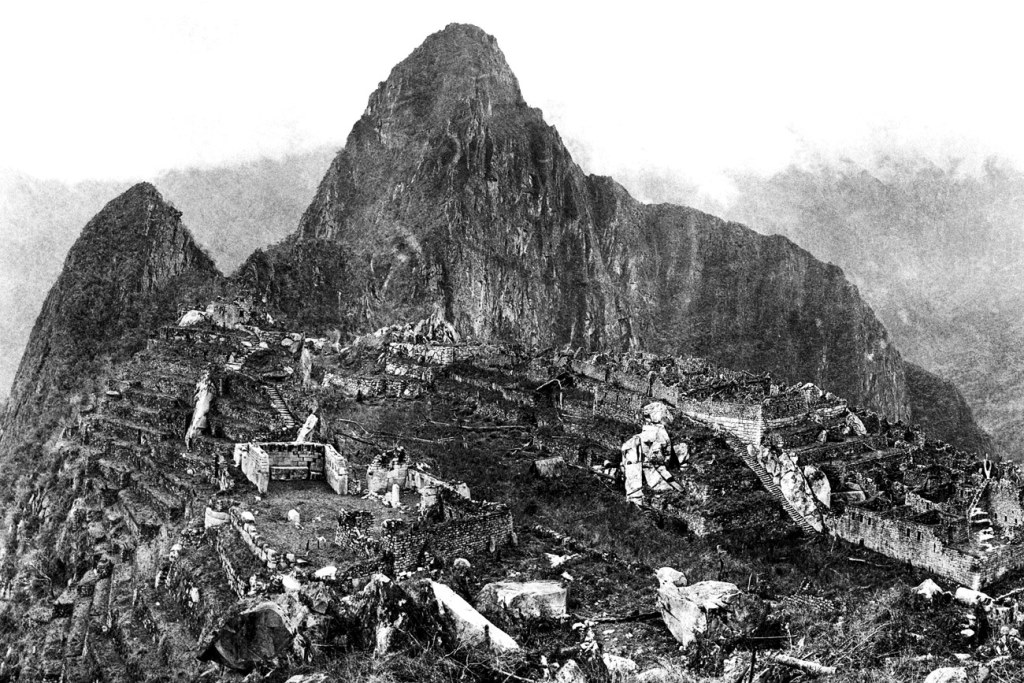
Image Credits: wikipedia.org
Sitting beautifully between two colossal peaks – Machu Picchu and Huayna Picchu – this labyrinth of a fortress had no mention in any of the old Spanish chronicles, hence it got its present day name, Machu Picchu. At that time it was believed to be the lost city of the Incas, the legendary last refuge. The town ran for several hundred yards along the saddle between two peaks and consisted of a central plaza, royal palace and Temple of the Sun. Houses on the steeply sloping ground were crowded together around the narrow streets, but the multitude of rock-cut flights of stairs made it easy to get about.
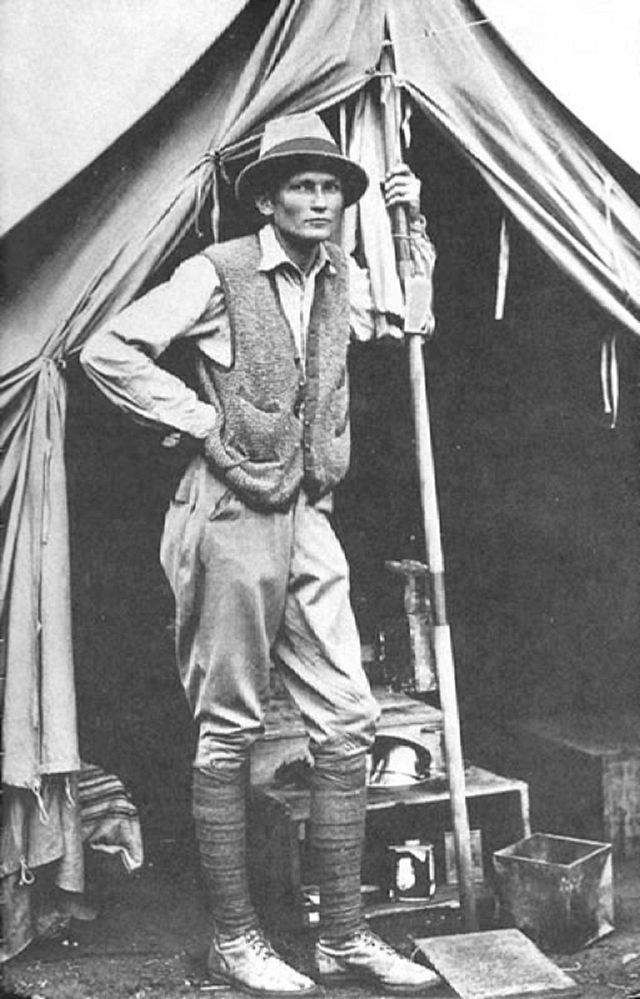
Image Credits: wikipedia.org
More expeditions and research followed, backed by the Yale University and the National Geographic Society. It was earlier speculated to be a center for Sun worship. Further explorations bared many smaller ruins in the nearby hills and with great networks of roads and highways linking them. Bingham believed this to be the legendary lost city of Vilcabamba and held to his belief until the very end. He passed away in 1956.
Further studies and research revealed Machu Picchu to be a fortress placed above the Urubamba to command the gateway to the Amazon rain forest which was the source of wealth for the Incas in the form of exotic produce. It also served as guard to the Inca capital of Cuzco.
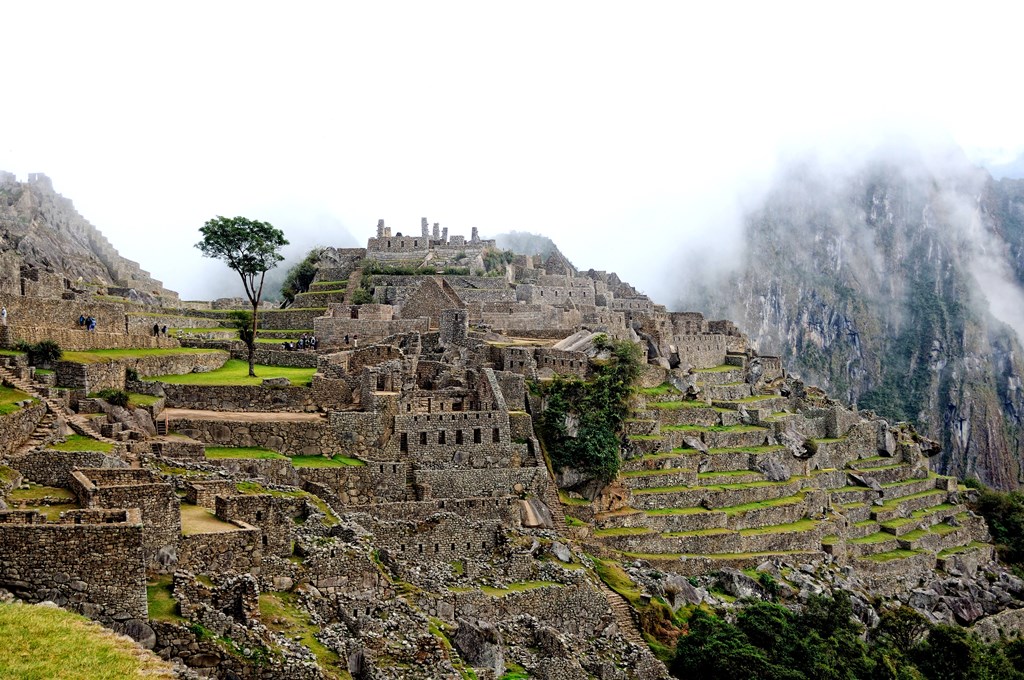
Image Credits: wikipedia.org
To this day it remains a riddle as to why the town was abandoned! It seems to have been deserted even before the Spaniards conquered Peru and there is no evidence of destruction by any other force but time! The humankind is eternally indebted to Bingham and his zest for adventure for introducing us to this mysterious and captivating piece of history.



Comments